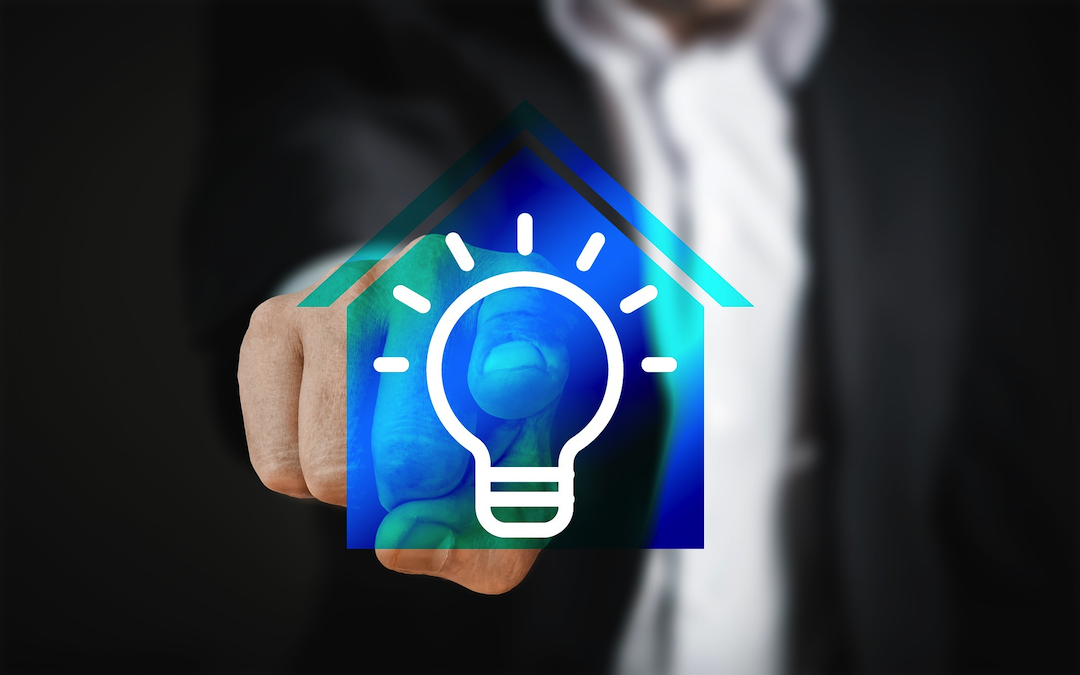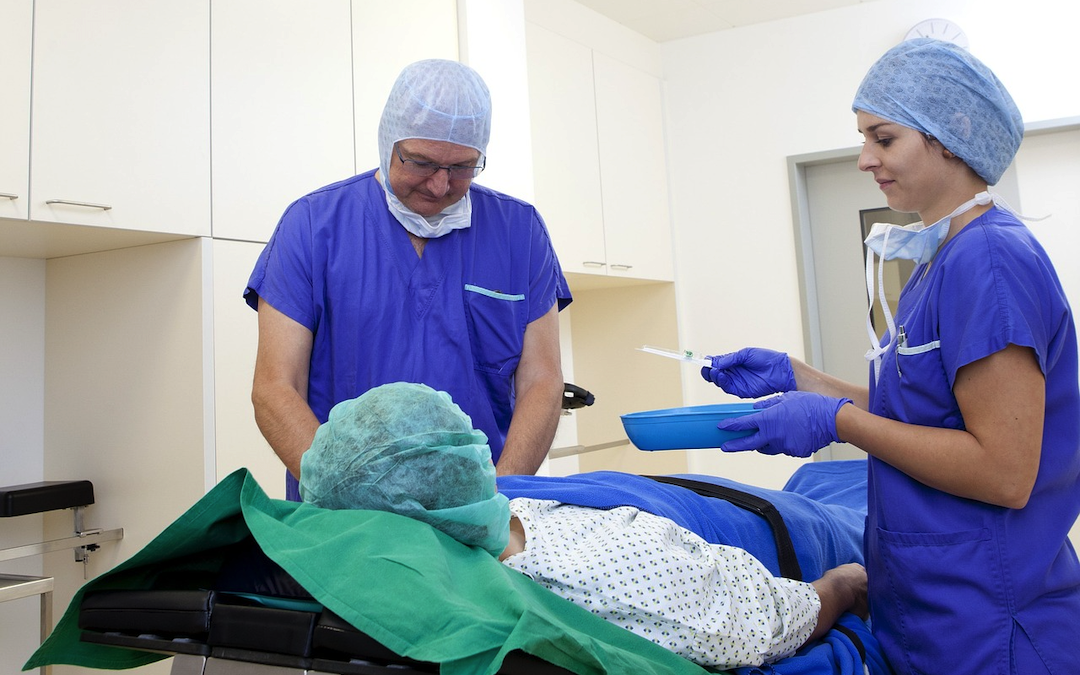
Internet of Things or IoT has emerged as a game-changing technology that helps connect the physical and digital worlds. IoT sensors are at the heart of this technology and the unsung heroes powering the proliferation of connected devices and enabling remarkable insights in real-time across various industrial and commercial segments.
IoT sensors are crucial components from smart homes to industrial automation, which enhances efficiency, and innovation and even helps in new business models. In this short article, let us know about IoT sensors and explore the IoT market and its prospects.
IoT Sensors
The IoT sensor market has witnessed exponential growth in recent years, which is primarily fuelled by advancements in sensor technology, wireless connectivity, and data analytics.
According to the latest market research report published by Market Research Future, the global IoT sensors market is estimated to earn a substantial market share by earning a valuation of USD 150 billion by the year 2032, at a stunning growth rate of 17% during the market forecast period of 2022 to 2032. The said growth and the revenue generated by the IoT sensors market segment can be widely attributed to crucial market-driving factors that aid its adoption across various sectors.
Driving Factors for IoT Sensors
Industry 4.0 and Smart Manufacturing
In the realm of industrial automation, IoT sensors play a major role in enhancing the transition towards Industry 4.0. By embedding and installing sensors in machinery and equipment, key companies and manufacturers can monitor real-time performance, predict maintenance needs, and optimize production processes for maximum efficiency and uptime through real-time data analytics.
Smart Cities and Infrastructure
As the world is rapidly adopting urbanization, metro cities are leveraging IoT sensors to enhance infrastructure efficiency to deliver better services to citizens and create a well-connected smart city. Smart sensors embedded in street lights, waste bins, and transportation systems enable cities to monitor traffic flow, manage energy consumption, and improve public safety.
Healthcare and Wearable Technology
IoT sensors are revolutionizing the healthcare industry by enabling remote monitoring of patients, offering preventive care measures, and offering personalized treatment plans.
Wearable devices which come equipped with biometric sensors, help to track vital signs, activity levels, and medication, empowering individuals and patients to take proactive steps towards better health and well-being. Apart from this, the medical devices run by IoT sensors enhance the healthcare experience by introducing telemedicine consultations, and virtual therapies, reducing hospital admissions, and overall increasing the patient satisfaction ratio.
Smart Homes and Consumer Electronics
The urge to have smart homes with high-end consumer electronic devices is driving the demand for IoT sensors that are installed in everyday appliances. These IoT sensors enable homeowners to automate household tasks, monitor energy consumption, and enhance security through remote surveillance and access control. As consumer expectations for convenience and connectivity are rising daily, IoT sensors will play an increasingly integral role in shaping the future of home automation.
Key Challenges
Despite being one of the most promising and proven technological aids, the adoption of IoT sensors finds it difficult in some aspects, which must be addressed.
Interoperability and Standards
With several IoT devices and platforms available in the market, interoperability remains a significant hurdle, hindering seamless integration and data exchange.
Data Security and Privacy
Data security is of paramount importance these days, and as IoT devices work on data analysis and interpretation it is very important to protect it through robust security and privacy channels, to have as safeguard against cyber threats and any unauthorized access. Encryption, authentication, and secure communication protocols are essential safeguards to safeguard data integrity and user privacy.
Scalability and Sustainability
As IoT deployments scale to accommodate the invincibly growing demand, scalability and sustainability become critical considerations. Efficient energy management, resource optimization, and lifecycle management are essential to mitigate environmental impact and ensure long-term viability.
Future Outlook
Considering the ever-evolving technological developments and looking ahead to the future of IoT sensors, it appears to be promising and well-versed in high-end security measures, advancements in sensor technology, connectivity and artificial intelligence.
Conclusion
IoT sensors are leading the digital revolution with some state-of-the-art technological developments and unprecedented levels of connectivity, insight, and innovation across industries. As adoption continues to accelerate, addressing key challenges in the adoption of IoT sensors and embracing emerging trends will be crucial to unlocking the full potential of IoT sensors and putting forth a step towards building an interconnected world.


Comments (0)
No comment